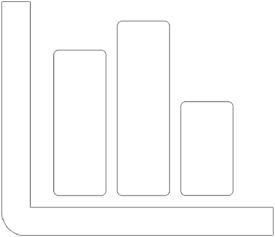Derek Jeter Fielding Percentage
Derek Jeter Career Fielding Percentage Overview
Derek Jeter is considered one of the greatest shortstops in baseball history, and his fielding skills were a significant part of his success as a player. Jeter was known for his range, athleticism, and smooth fielding, which made him a valuable defensive player for the New York Yankees during his 20-year career.
One way to measure a player's defensive abilities is through their fielding percentage, which is calculated by dividing the number of plays a player successfully makes by the number of total opportunities they have to make a play. For a shortstop like Jeter, this includes plays such as ground balls, pop-ups, and line drives hit to the infield.
Throughout his career, Jeter had a fielding percentage of .976, which means that he successfully made a play on 97.6% of the opportunities he had in the field. This is an impressive statistic, especially considering that Jeter played in over 2,700 games and had over 12,000 chances in the field.
Jeter's fielding percentage is above the league average for shortstops, which is typically around .970. However, it's important to note that fielding percentage is just one way to measure a player's defensive abilities, and it doesn't account for factors such as range, arm strength, and defensive positioning.
Despite this, Jeter was widely regarded as a top defensive shortstop during his career, and he won five Gold Glove awards in recognition of his defensive prowess. He was also known for his clutch plays in the postseason, including his famous "flip play" in the 2001 ALDS against the Oakland Athletics, which is considered one of the greatest defensive plays in baseball history.
Overall, Derek Jeter's fielding percentage is just one aspect of his impressive defensive skills, and it is a testament to his consistent and reliable play in the infield.
Fielding percentage is a metric that shows how often a player or team is successfull in recording an out or assist compared to the chances given. It is calculated by dividing chances accepted by total changes for a player or team over a given time period. Generally, for Fielding Percentage, higher is better. (Source)